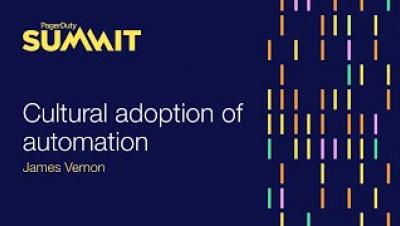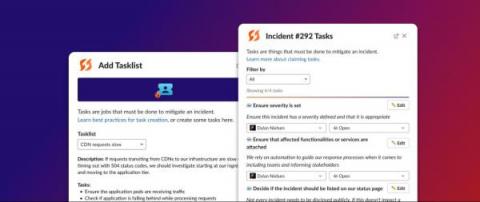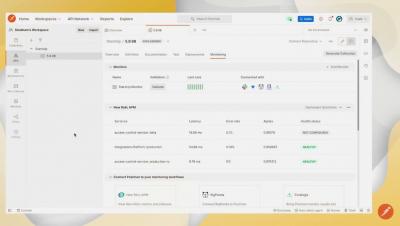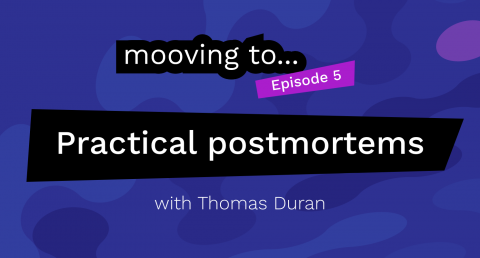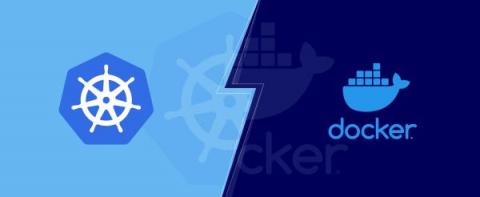DevOps Tools
A tool that aids in automating the software development process is called DevOps Tool. It largely concentrates on interaction and cooperation between experts in product management, software development, and operations. A DevOps solution also enables teams to automate the majority of software development procedures including build, conflict management, dependency management, deployment, etc. and lessens human labour.



